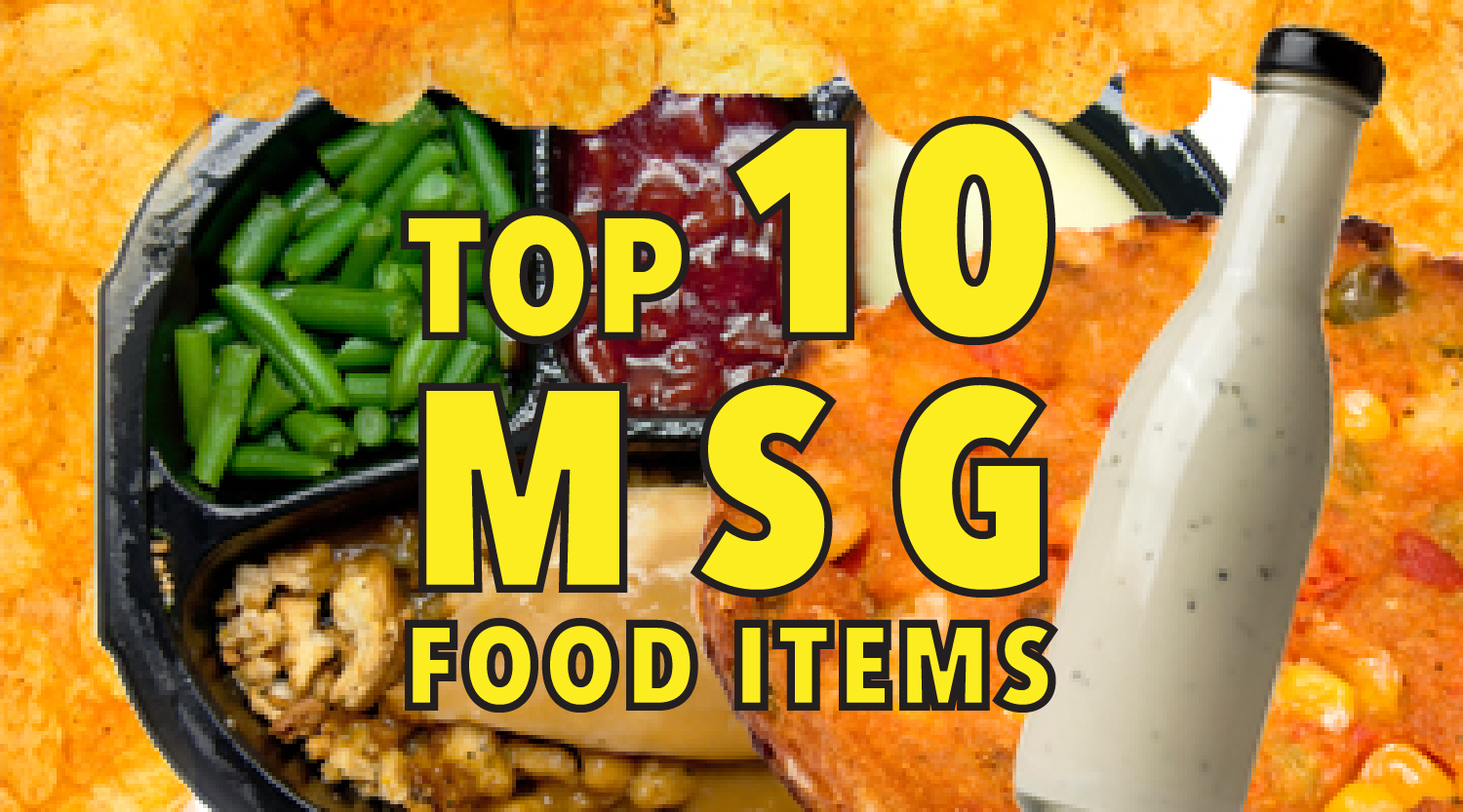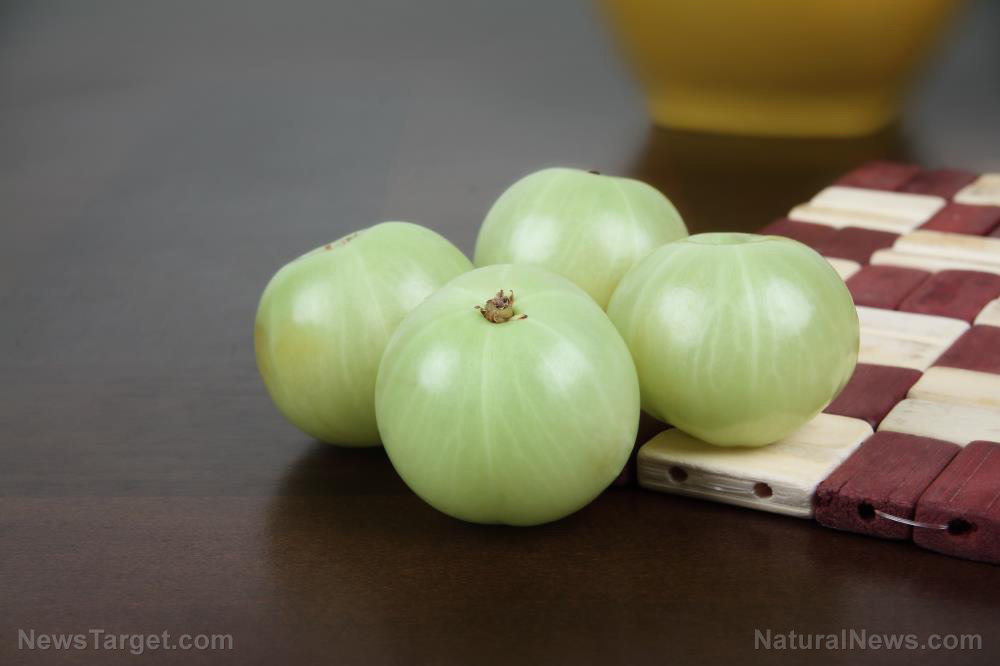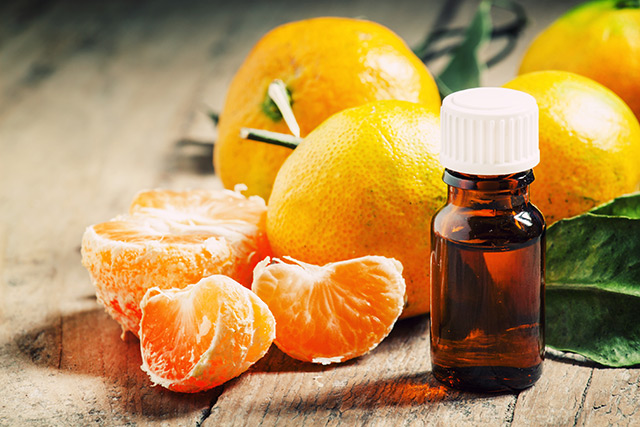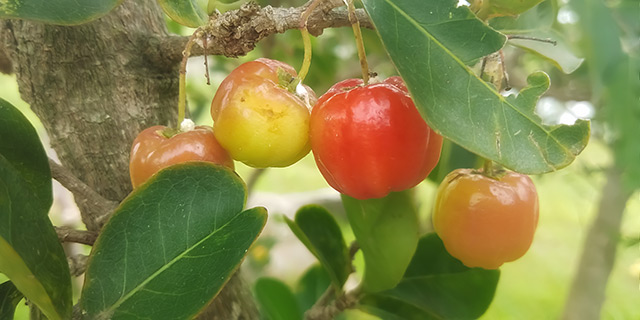Top 10 hidden sources of MSG in your groceries
12/31/2015 / By Greg White

Monosodium glutamate (MSG) has had a bad reputation for quite some time now. While it is commonly used to enhance the flavor of food, this additive has also been linked to a wide range of disorders, including skin and heart problems.
MSG is neither a vitamin, nor a mineral or nutrient. It contains a dangerous amino acid known as glutamic acid. Natural glutamate is abundant in plants and animals, whereas free glutamic acid is artificially created in a lab and is often ridden with contaminants. Free glutamic acid melds with free sodium to produce MSG. Although MSG has the approval of the US Food and Drug Administration (FDA), it has been banned in several other countries for its adverse effects.
Given MSG’s reputation, next time you go grocery shopping, make sure to keep an eye out for these ten hidden sources of MSG:
Ajinomoto
Ajinomoto was originally the name of the company that made MSG famous in the western world. Today, ajinomoto has become almost synonymous with MSG. It is a popular ingredient in many Chinese cuisines and fast foods. Ajinomoto is known for its umami, which is the savory taste that glutamate imparts.
Despite its flavor, the presence of ajinomoto has been linked to several disorders. In the long run, it can cause obesity, asthma and even Alzheimer’s. Although ajinomoto has one-third the amount of sodium of table salt, it is usually used in conjunction with the latter, making it even more dangerous. If you want to preserve your brain’s health, avoid this preservative.
Yeast Extract
All forms of yeast extract contain MSG. The active ingredient in MSG is free glutamate. The FDA states that if an additive has less than 78 percent free glutamate, then it does not need to be tagged as MSG. Even if the additives add up to 77 percent free glutamate, there’s still no need to list MSG as an ingredient.
Mother Nature's micronutrient secret: Organic Broccoli Sprout Capsules now available, delivering 280mg of high-density nutrition, including the extraordinary "sulforaphane" and "glucosinolate" nutrients found only in cruciferous healing foods. Every lot laboratory tested. See availability here.
Most yeast extract in processed food take advantage of this loophole, including hydrolyzed yeast and autolyzed yeast. If a yeast product claims to be a flavor enhancer, it likely contains MSG. Yeast is used for baking, not enhancing flavor. So, if you happen to stumble across yeast that claims to enhance flavor, don’t buy it.
Torula Yeast
Torula yeast is used as a flavor enhancer in processed food products. Until a few years ago, torula yeast was used as a flavor enhancer for dog food. It just recently graduated from being a flavor enhancer fit for dogs to a flavor enhancer fit for human consumption. Companies often use torula yeast because it mimics the flavor of meat. For this reason, torula yeast can be found in several vegetarian dishes, such as veggie pizzas and burgers, to add more flavor.
Torula yeast is by no means safe. It can trigger allergies such as rashes, red eyes, hives and even fungal sinusitis. Other adverse effects include rapid heartbeat, chest pains and respiratory disorders. In short, don’t feast on torula yeast.
Autolyzed Vegetable Proteins
The FDA requires products to list autolyzed vegetable proteins as ingredients if they are used to boost flavor. This is true whether the proteins are natural or artificial. Companies have found a way to work around this requirement, by using glutamate or glutamic acid. Most autolyzed vegetable proteins contain the active ingredient of MSG and not the MSG itself. Because of this, food labels often omit autolyzed vegetable proteins in their list of ingredients.
Hydrolyzed Vegetable Protein
Hydrolyzed vegetable proteins have the same health problems as autolyzed vegetable proteins; they both contain glutamic acid. Hydrolyzed proteins are broken down into amino acids, which result in the formation of free glutamates. These glutamates can join with free sodium to form MSG. Like autolyzed vegetable proteins, hydrolyzed vegetable proteins are added to food for flavor. They also contain all the health risks of the former. As a precautionary measure, it’s best to steer clear of hydrolyzed vegetable proteins.
Nutritional Yeast
Nutritional yeast has the most deceptive title among the noted yeasts. It is typically catered to vegetarians and vegans as a source of Vitamin B12. Don’t be deceived. Nutritional yeast isn’t intended to raise bread, it’s used to enhance flavor. It is a GMO product, laced with synthetic chemicals, including glutamate.
Soy Sauce
Soy sauce is another major offender that surreptitiously contains MSG. Fortunately, not all soy sauces are created equal; some are genuinely free of MSG. The only ingredients necessary to make soy sauce are organically grown soybeans, water, wheat and salt. If the soy sauce contains anything other than the listed ingredients, it likely contains MSG.
Broth Flavorings
As the name suggests, broth flavorings are intended to enhance flavor, so it should come as no surprise that they typically contain MSG. Although many broths claim to not contain MSG, many contain ingredients that can create MSG. There is a distinction between products labeled as “No MSG” versus “No MSG added.” When looking for broth devoid of MSG, it’s better to peruse the listed ingredients. Autolyzed yeast, hydrolyzed pea protein, carrageenan and sodium caseinate are examples of ingredients that produce MSG, which can be found in broths labeled “No MSG added.”
Aspartame
Aspartame is an FDA-approved artificial sweetener. It mimics the taste of sugar without the extra calories. Nevertheless, aspartame kills more than a sweet tooth. It is often used in combination with glutamates. These glutamates act as an excitotoxin, which can over stimulate neurons to the brink of death.
Whenever aspartame is consumed, the glutamates cause the brain to release higher amounts of dopamine, the neurotransmitter associated with pleasure. This causes the person to crave more aspartame. Consuming more aspartame causes the neurons to fire impulses at a rapid rate until they become exhausted. This can lead to long-term neurological problems, including Alzheimer’s disease and Parkinson’s disease.
Disodium guanylate
Disodium guanylate is another substance used in conjunction with MSG that acts as an excitotoxin in a similar way aspartame does. Although disodium guanylate does not have the same adverse effects as MSG, it’s used in a lot of food that contain MSG. Common examples are packaged soup, cured meats, potato chips and instant noodles. Disodium guanylate is relatively expensive to make. This is why it is typically mixed with other flavor enhancers that are cheaper to produce, like MSG. Thus, any food product containing disodium guanylate likely contains MSG as well.
MSG is a grand illusion for the taste buds. It gives the impression that certain foods have more flavor than they actually do, which allows producers to not add as much real food to their product. Don’t be deceived. MSG is a dangerous neurotoxin that compensates your long-term health for short-term pleasure. Preserve your health today by avoiding this dangerous preservative.
Sources:




















